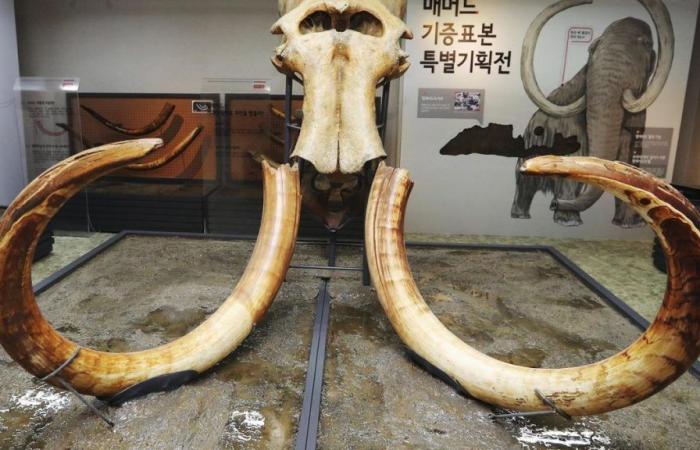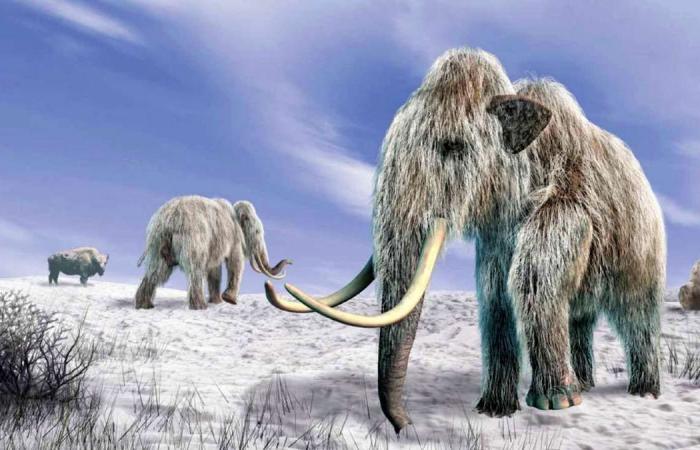►YOU MAY BE INTERESTED IN: The discovery that revealed a voodoo practice carried out only 200 years ago
The mammoth’s slow path to extinction
mammoth-image.jpg
The discovery does not explain why mammoths became extinct.
The mammoths They roamed the northern hemisphere of the planet from 300,000 years ago until about 10,000 years ago, when the disappearance of the Arctic tundra that was their natural habitat began.
But at some point a group of mammoths crossed the ice that linked what is now Siberia with Wrangel Island, and continued an isolated life for another 6,000 years. That made scientists think that their extinction It was because the population was small and continued to shrink until it disappeared.
The discovery that confuses scientists
The main author of the study, Love Dalén explained that “we can now confidently reject the idea that the population was simply too small and that they were doomed to to become extinct for genetic reasons.”
For this new investigation, The team analyzed the DNA of 21 mammoths, 14 from the island and 7 from the mainland. With these data they verified that the isolated mammoth population had signs of inbreeding, but that its genetic mutations were only slightly harmful.
mammoth.jpg
The mammoth disappeared thousands of years ago.
Geneticist Marianne Dehasque, another of the authors, remarked that “if an individual has an extremely harmful mutation, it is basically not viable, so those mutations gradually disappeared from the population over time. On the other hand, we see that mammoths They were accumulating slightly harmful mutations almost until they became extinct.”
►YOU MAY BE INTERESTED IN: The discovery of a new star with a historic and fascinating condition
This indicates that these mutations were not the ones that caused the disappearance of the mammoths, but it does not give other alternatives to understand that extinction. As Dalén explains: “What happened in the end remains a mystery: we don’t know why it happened. extinct after having been more or less fine for 6,000 years, but we think it was something sudden.”







